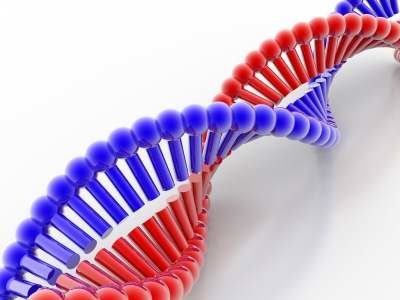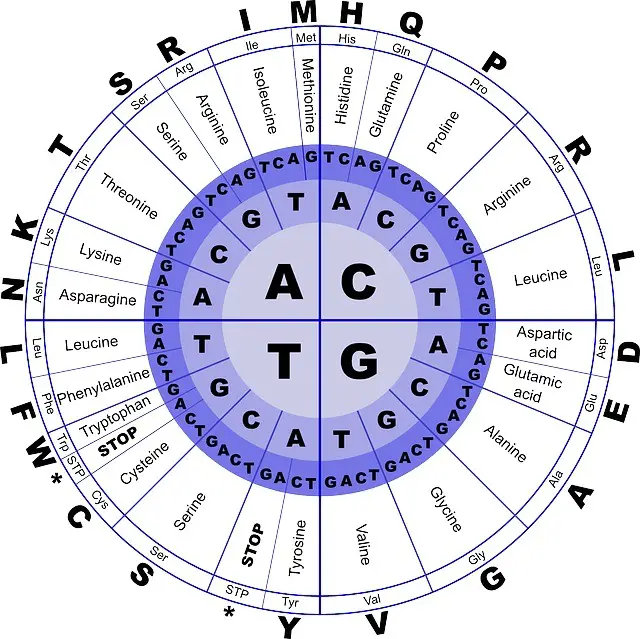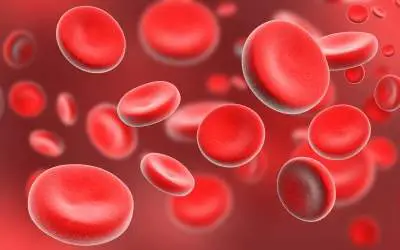5 Plant Growth Regulators | Their Role in Plant Growth
Plant growth hormones are set of biochemical secretions inside the plant and its parts which regulate the growth, enlargement, multiplication of the tissue, and cells. They control the rate and extent of …








